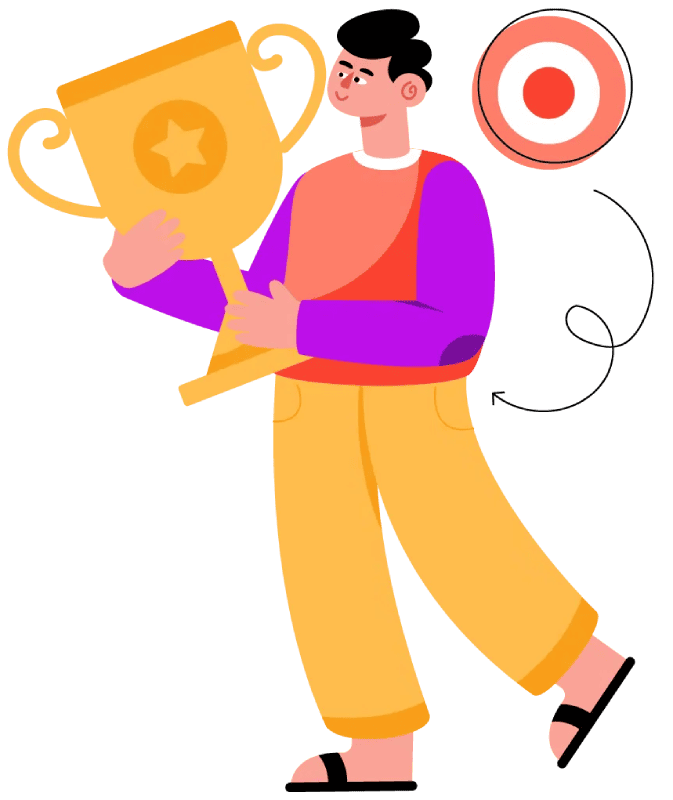Whether it’s blogging, online course creation, affiliate marketing or all of the above, we’re passionate about helping you succeed.

We have 1000+ posts covering categories such as Artificial Intelligence, Affiliate Marketing, Site Builders, and Email Marketing.
Hit the ground running with our most popular content or head over to our Blog page to find the topics you want to learn about most.